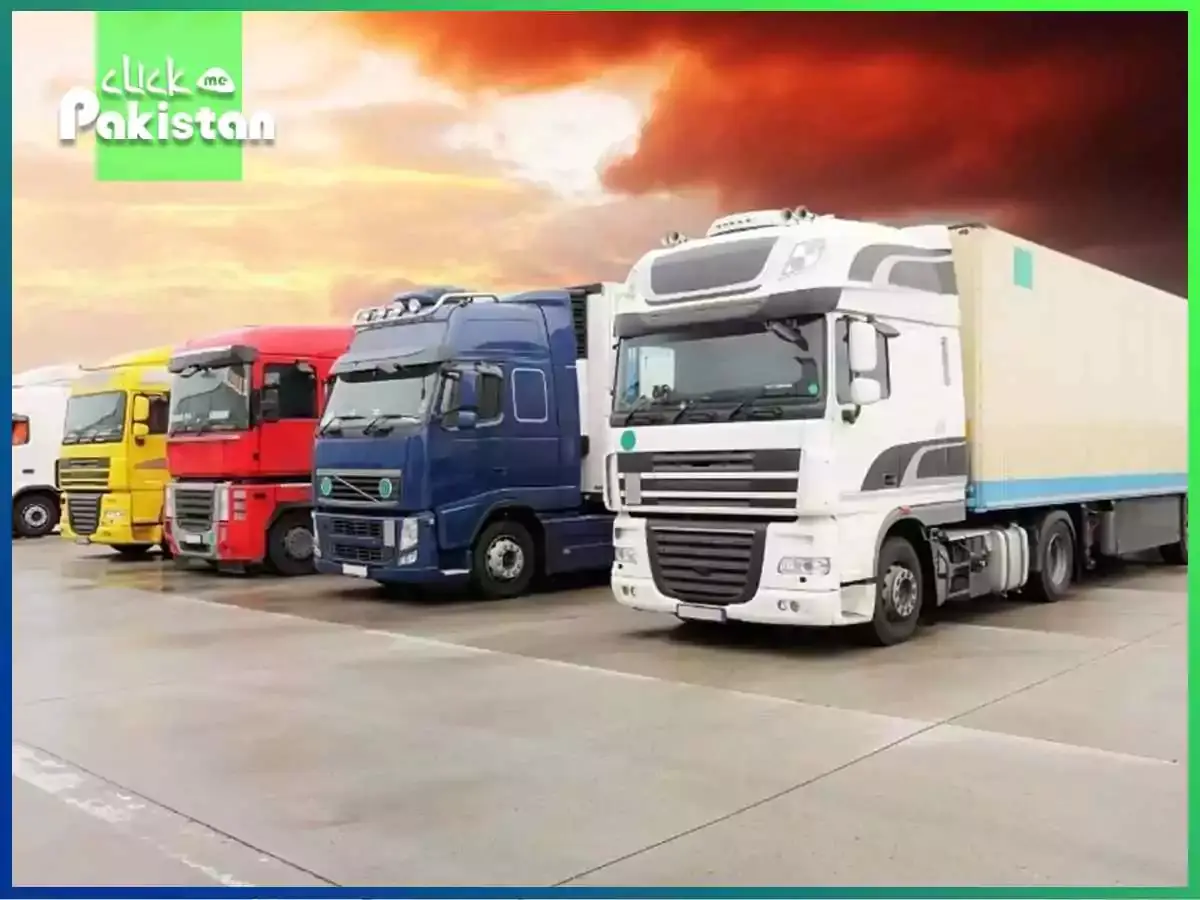Introduction
Transportation is the backbone of modern society, facilitating the goods and movement of people worldwide. However, this convenience comes with risks and challenges.
Transport hazards encompass a spectrum of potential dangers and risks inherent in the movement of people, goods, and vehicles and various modes of transportation. These hazards arise from multifaceted factors within the transportation system, including road conditions, weather fluctuations, mechanical failures, human errors, cargo-related risks, and more. Recognizing these hazards and diverse origins is paramount in devising and implementing robust risk management strategies to mitigate and address these risks effectively, thereby ensuring the safe and secure transportation of passengers and goods.
Understanding Transport Hazards
When we talk about transport hazards, we mean the various hazards that revolve around transport. To understand these hazards, it is important to note that they occur in different surroundings and situations. A lot of transportation hazards exist because of the lack of awareness that revolves around them. Therefore, a safety officer is required to manage these kinds of hazards in the workplace.
Unveiling The Types Of Transport Hazards

These hazards occur in different situations and circumstances, posing threats to the safety, security, and smooth operations of transport systems.
1. Road Transport Hazards
- Traffic incidents: collision, rear-end accidents, intersection accidents, and pedestrian accidents.
- Poor road conditions: potholes, uneven surfaces, lack of signals, and road debris.
- Weather conditions: reduced visibility, slippery roads, and flooding during rains
- Driver error: distracted driving, speeding, reckless maneuvers, and driving under the influence of alcohol and drugs.
Read more: Teen Drug Abuse Warning Signs and How to Talk to Your Kids
2. Air Transport Hazards
- Turbulence: sudden changes in air currents causing aircraft instability
- Weather challenges: adverse weather conditions affecting flight paths, such as thunderstorms, lightning, and fog.
- Mechanical failures: engine malfunctions, electrical issues, and technical problems
3. Rail Transport Hazards
- Derailments: trains going off track due to mechanical issues
- Collisions: trains crashing into each other because of obstacles.
- Track defects: damaged tracks and poorly maintained tracks
4. General Transport Hazards
- Hazardous materials: transporting dangerous goods and chemicals with the potential of spills, leaks, and explosions.
- Infrastructure materials: bridge collapses, tunnel collapses or structural failures affecting transportation routes.
- Security threats: terrorism, piracy, or criminal activities posing risks to the transport system.
Identifying Causes Of Transport Hazards

Transport hazards can arise from various factors across different modes of transportation. Here are some important and common causes;
1. Human Error
Mistakes made by drivers, pilots, operators, or transportation personnel. This includes drivers who are under stress, alcohol consumption, or fatigue.
2. Poor Infrastructure
This includes the pathetic and deteriorating roads, railways, ports, and more. These pose risks due to structural weakness and lack of maintenance.
3. Adverse Weather Conditions
These causes are unexpected. In most cases, it is heavy rains, snow, thunderstorms, and lightning. This affects road conditions, visibility, and travel schedules.
4. Mechanical Failures
This includes the various malfunctions, breakdowns, or defects in a vehicle. These types of failures also stem from inadequate maintenance.
5. Traffic Congestion
This includes high traffic volumes, congestion, and inadequate traffic management leading to increased accidents and delays.
6. Lack Of Awareness And Preparedness
There is a lot of lack of awareness that looms around transport hazards, which is also a leading cause.
7. Security Threats
These causes are on some major and bigger levels. This includes terrorism, vandalism, theft, and cyber attacks. This usually occurs while transporting stuff on cargo or ships.
Managing And Mitigating Transport Hazards
Identifying transport hazards includes having a systematic approach.
1. Risk Assessment And Analysis
This includes conducting thorough risk assessments and checking transport modes. This also includes using standardized risk assessment tools, checklists, or metrics to identify these hazards.
2. Data Collection And Analysis
Collect and analyze historical data on accidents, incidents, and near-misses within transportation systems. This includes analyzing trends and patterns in accidents to identify common mistakes
3. Site Surveys and Inspections
Conduct site inspections of transportation routes, infrastructure, vehicles, and equipment to identify potential hazards.
4. Infrastructure Improvement
Address the importance of maintaining and upgrading transportation infrastructure to minimize risks associated with deteriorating roads, bridges, rail tracks, and ports.
5. Human Factor Analysis
Human factors in hazard identification include factors like fatigue, stress, training deficiencies, or human error that could contribute to hazards.
What Happens If Transport Hazards Go Unchecked?
Unchecked hazards can lead to various detrimental consequences affecting safety, human life, the environment, the economy, and infrastructure. Below are some important outcomes if these hazards go unaddressed;
Increased Fatalities And Accidents
Unchecked transport hazards can lead to a higher frequency of accidents that can result in fatalities and injuries
Infrastructure Damage
Hazards like poor conditions, adverse weather conditions, and infrastructural vulnerabilities can lead to severe damage.
Economic Impact
Transport hazards can lead to a delay in goods and supply chains.
Environmental Consequences
Hazards related to spills of hazardous materials can result in pollution and ecological damage.
Public Health And Safety Concerns
Unchecked hazards can pose a threat to public health and can increase transportation accidents.
Disrupted Transportation Networks
Unchecked transportation hazards can disrupt transportation systems, leading to congestion, traffic delays, and canceled or delayed flights.
Social Disruption
Transportation can affect people’s mobility and access to services.
Conclusion
To prevent these crucial hazards, it is important to identify, assess, and address transport hazards through proactive measures, regulatory compliance, infrastructure maintenance, and public awareness.
Read our Article: Understanding Fire Safety: Challenges And Preventative Measures
Read more: Methods for health and safety inspection









